Jersey Lost Racetrack Series
For a short period, racecar drivers from all over the tri-state area gathered just off Raritan Road on the Westfield/Clark border for the most exciting spectacles of the time, sanctioned midget dirt car racing. Races were typically held on weekends at 2 p.m. and Tuesday Nights at 7:45 p.m. under the lights.
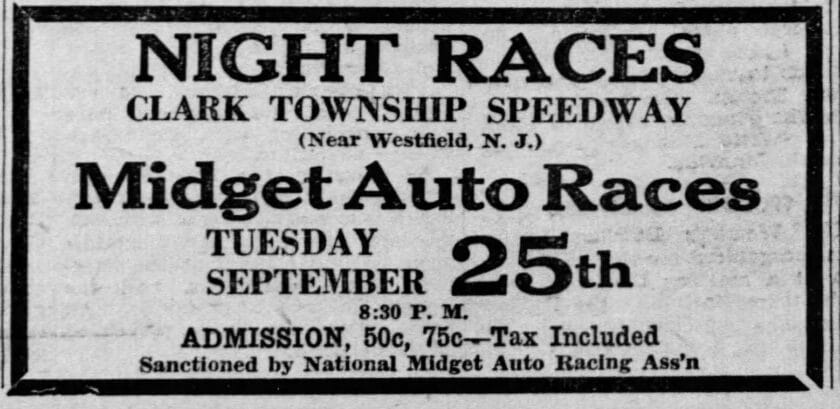
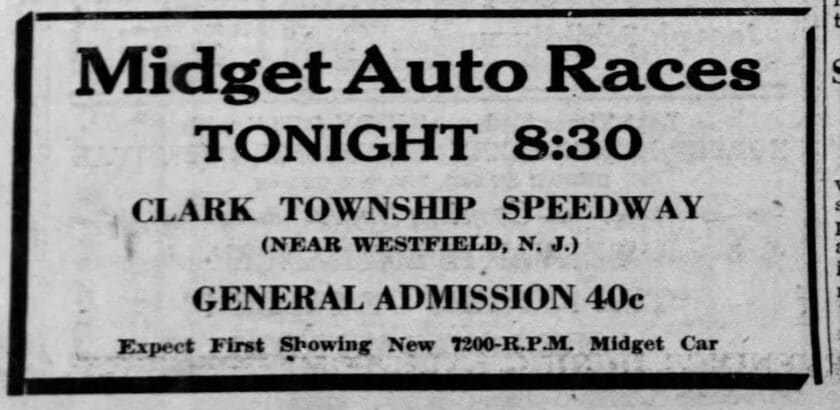
Midget car racing in the mid-1930s was an exciting and rapidly growing motorsport that captured the imagination of fans across the United States. Four-cylinder engines typically powered these small, lightweight cars, and their compact size allowed them to race on smaller tracks, contributing to their popularity. Races were often held on dirt ovals and smaller tracks, making for close, competitive racing. Some events were held on makeshift tracks in fairgrounds or even city streets. The sport attracted a diverse crowd, from local fans to aspiring drivers. Many races had a carnival-like atmosphere, with vendors, music, and a sense of community.
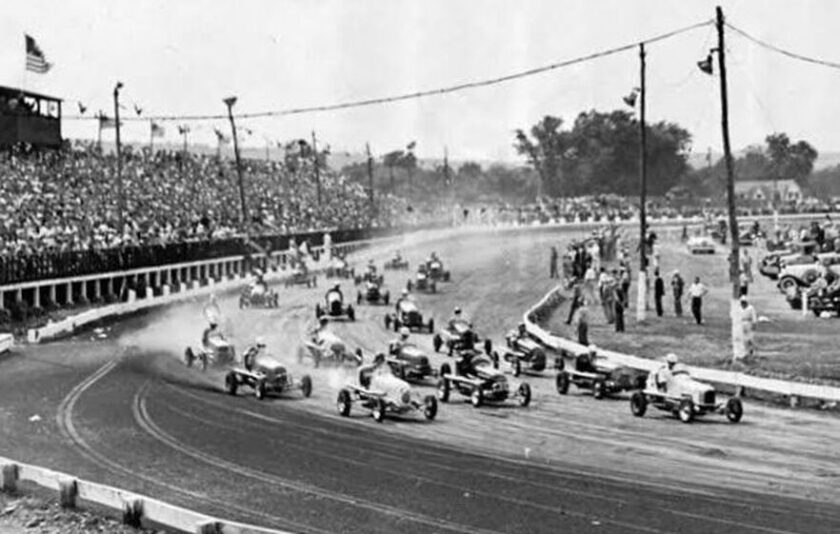
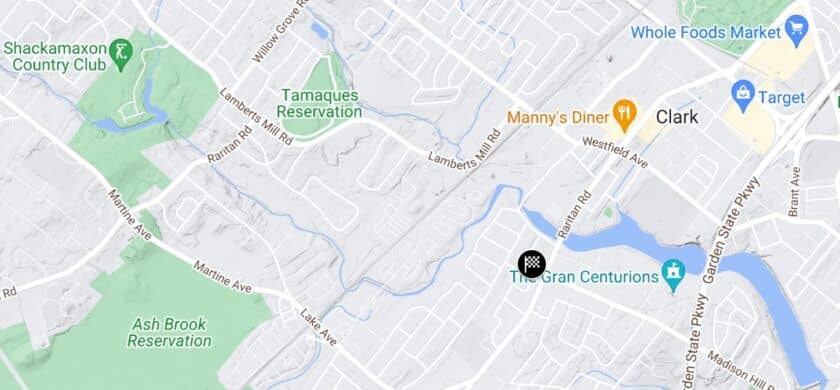
Arthur Lord of Westfield was the initial sponsor for the first races at the Clark Speedway. In the 1930s, he was prominent in local politics and community affairs. He served as the Mayor of Westfield during that time and was known for his contributions to civic development in the town. But it was Mayor Herman A. Schultz, the mayor of Westfield, New Jersey, at the time in 1935, who kicked off the track’s opening on September 25, 1934.
Clark Speedway, also known as Union County Speedway, was managed by Sam Little. The track was a new fifth-of-a-mile (known as a “short track”) affair suited to small midget race cars. Sam Nunis Little, often referred to as Sam N. Little, was a prominent racing promoter in the 1930s. Sam’s promotional skills and his efforts helped bring attention to the sport and contributed to the thriving racing scene in the region during the 1930s.
Midget Race Cars
A midget car is a small, high-powered race car designed for short-track racing. Smaller than the larger Sprint Car class, these cars are known for compact size and agility, often featuring a lightweight, open-wheel design with powerful engines. Midget cars typically race on dirt or paved oval tracks that range from 1/4 mile to 1/2 mile in length. The vehicles are significantly smaller than regular race cars, often about 10 feet long. Still, despite their small size, midget cars have engines that can produce 300 to 400 horsepower, which makes them extremely fast. Today, midget car racing often serves as a stepping stone for drivers aspiring to race in higher-tier motorsports like IndyCar or NASCAR.
Top Drivers of the Time
In the 1930s, being a midget car driver required more than just racing skills. It demanded courage, physical endurance, mechanical knowledge, and a passion for motorsports. Drivers had to adapt quickly to changing track conditions, maintain their cars, and navigate a competitive and often dangerous environment. Despite the risks, the thrill of midget car racing captured the hearts of many drivers and fans, helping to lay the foundation for modern American motorsport. Here are just a few that appeared at the Clark Township Speedway.
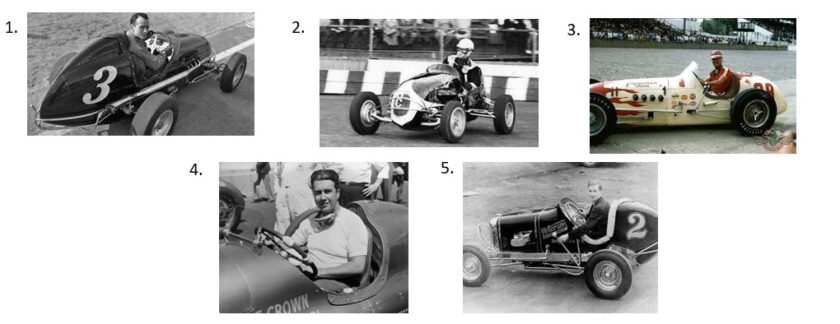
These racers were part of the golden era of midget car racing, and the Clark Township Speedway was a key venue where they showcased their talents to large crowds of fans during the 1930s and 1940s. The speedway was a hotbed for racing action and played a significant role in developing future stars of American motorsport.
1. Ted Tappett (Phil Walters)
Phil Walters, who raced under the pseudonym “Ted Tappett,” was a well-known midget car driver in the 1930s. He became a successful sports car driver, a Formula 1 driver, and raced in the 24 Hours of Le Mans. His early days in midget car racing at tracks like Clark & Union Speedways helped build his sports reputation.
2. Bill Schindler
Bill Schindler was another famous name in the midget racing world who raced at Clark Township Speedway. Known for his incredible driving ability despite losing a leg in a racing accident, Schindler won multiple championships and was a major figure in Northeast midget racing during the 1930s and 1940s.
3. Duane “Pancho” Carter
Though he gained more fame in later decades, Pancho Carter’s father, Duane Carter Sr., was a midget racer in the same era and had connections to tracks in the Northeast, including Clark Speedway. His family legacy in racing would later extend to Pancho, who became a star in USAC and IndyCar racing.
4. “Wild Bill” Holland
Wild Bill Holland was a regular in midget car racing and raced at Clark Township Speedway. He eventually transitioned to IndyCar racing and became famous for his runner-up finish in the Indianapolis 500 several times before finally winning it in 1949.
5. Johnny Ritter
Another prominent driver, Johnny Ritter, was a midget car racing star who competed at Clark Township Speedway. He was known for his skill and competitive spirit and became a local legend in the midget racing circuit.
Some other notable Jersey racers included Firman Lawabe (Flemington), Frankie Bailey (New Brunswick), Edgar Reid (New Brunswick), Rick Decker (Staten Island), Frank Maple (Bound Brook), and Westfield sensation Quinty Villa. Villa was sponsored by several Westfielders supporting the blue #11. Villa became a local hero in the community.
Clark Township Speedway played a crucial role in the local racing community, attracting aspiring racers and enthusiastic fans. It was a stepping stone for many drivers who would achieve greater recognition in the sport. Although the speedway eventually closed, it left a lasting impact on the racing scene in the area and is fondly remembered by fans and participants alike. The former speedway’s site has since been developed and is now a residential area. Although the location has changed significantly over the years, its legacy as a part of New Jersey’s motorsport history remains notable for locals and racing enthusiasts.
Tidbits
- We have still been unable to find any photos of the Clark Township Speedway, but we will keep digging. We also have found no records of what happened to the speedway, including when it was closed and finally torn down. We’ll keep digging.
- Racing in New Jersey was big business for decades. Some other sanctioned AAA midget racing tracks in New Jersey included Woodbridge, Trenton, Flemington, Ho-Ho-Kus, New Jersey Speedway, Paterson (Hinchliffe) and Union Speedway (see below). These tracks were part of a vibrant racing culture that drew local Jersey crowds and helped to establish midget racing as a beloved pastime during that era.
- Daytona Speedway (Daytona, Florida) was also opened in 1934 (June) as a flat “D-shaped” 5/8 mile dirt track. The original track was a “copy” of the Legion Ascot Speedway. Legion Ascot Speedway was an American racetrack in Los Angeles, California, from 1924 to 1936.
As with all Mr. Local History retrospectives, updates are made to this post when we learn additional information. We will continue to expand this post as information becomes available. Please feel free to post in the comments section anything that might add to history of this story or might have any photos to share.
Mr. Local History Research Team
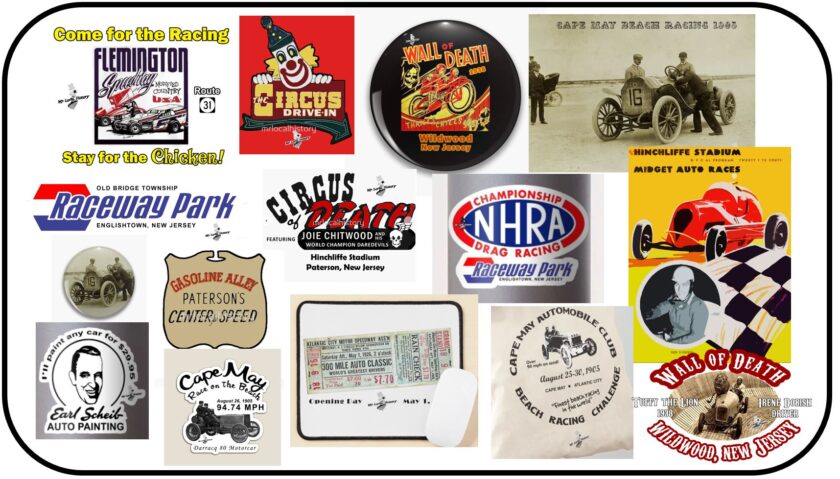
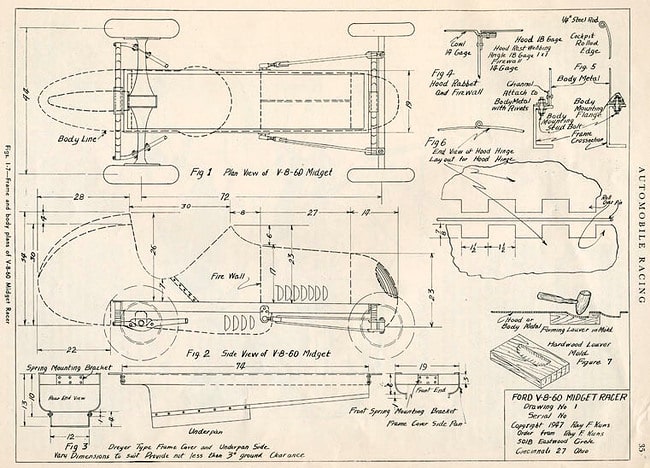

Please add me to your Emailing list. Thank you!
Plenty of places to sign up on the site. Real simple.